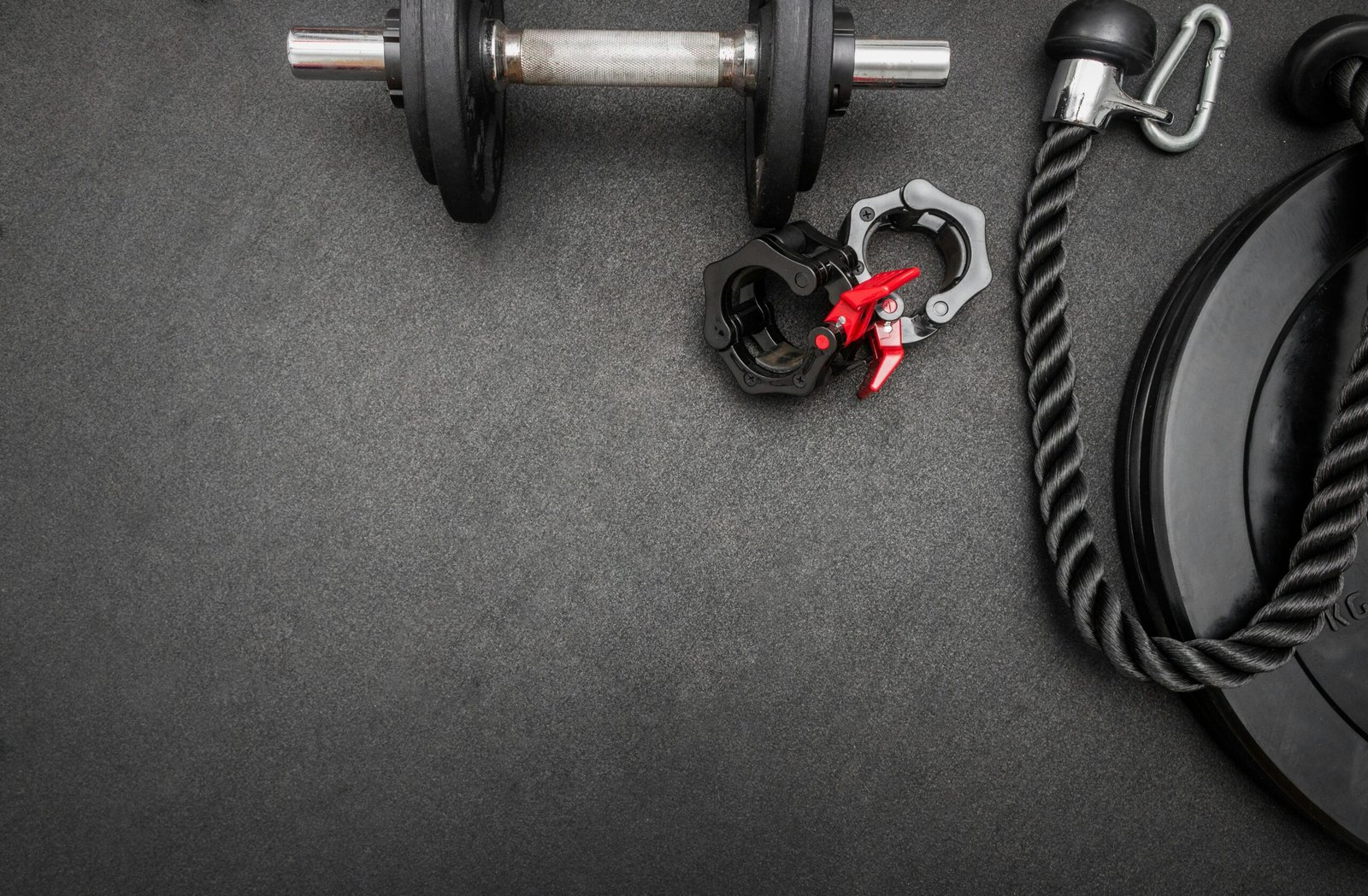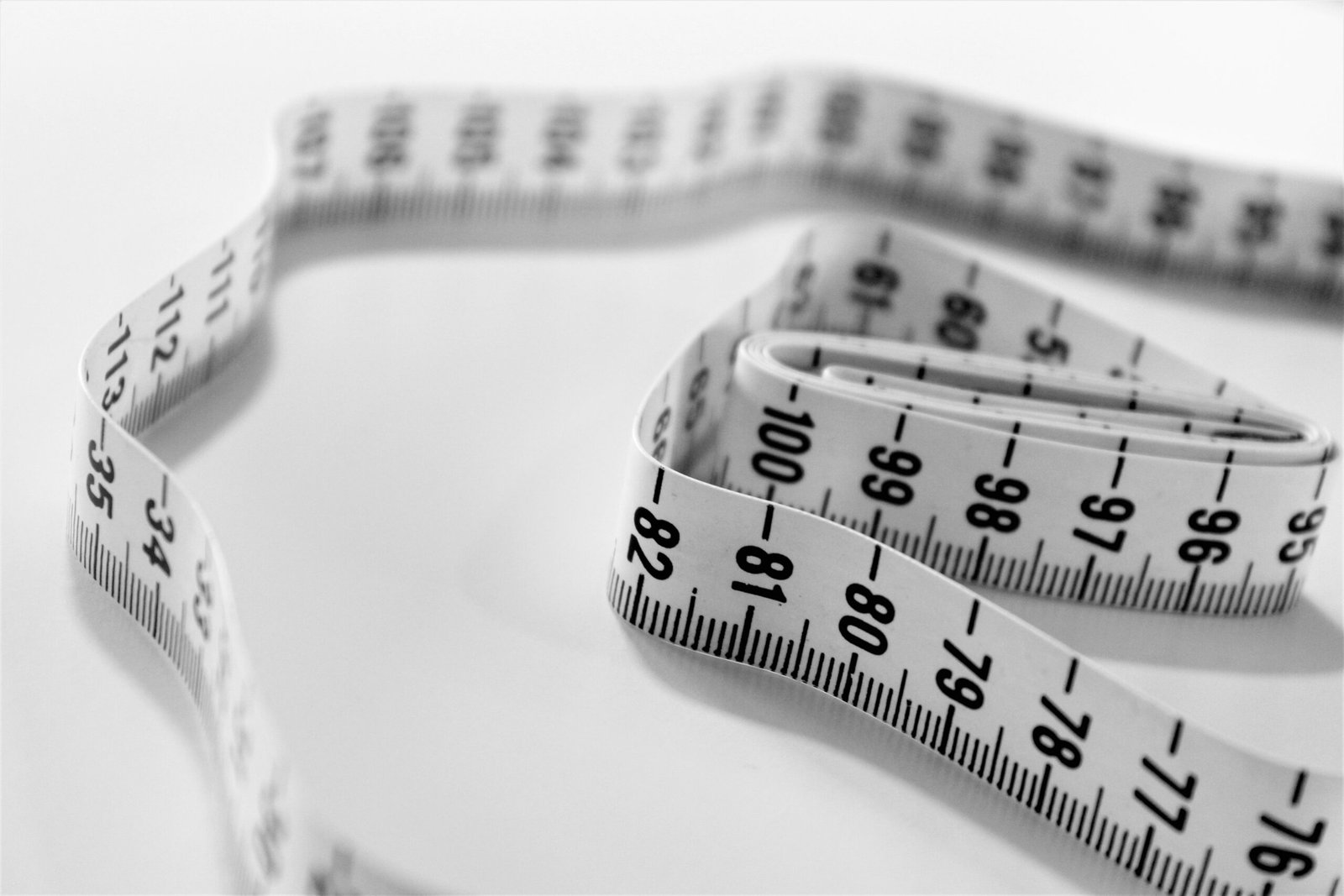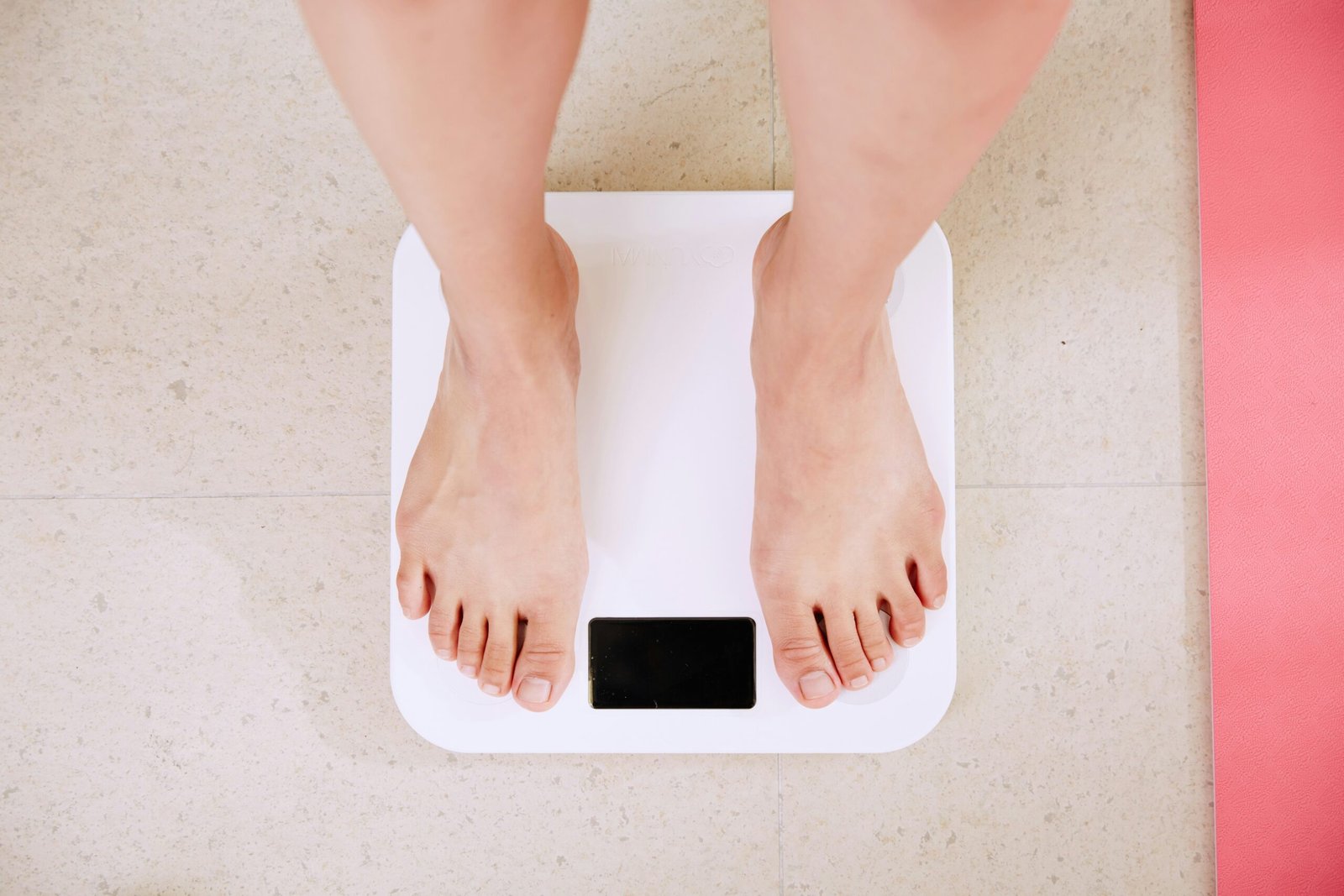When it comes to fitness and health goals, two common terms that often get used interchangeably are “losing weight” and “losing fat.” While they may seem similar, there is a significant difference between the two. Understanding this difference can help you set realistic goals and make informed decisions about your fitness journey.
When people talk about losing weight, they are typically referring to a decrease in overall body weight. This can be achieved through various methods, including dieting, exercise, or a combination of both. However, losing weight does not necessarily mean that you are losing fat. In fact, weight loss can be attributed to a variety of factors, including water loss, muscle loss, and even bone density loss.
On the other hand, losing fat specifically refers to the reduction of adipose tissue in the body. Adipose tissue, also known as body fat, is stored energy that accumulates when you consume more calories than your body needs. While having some body fat is essential for normal bodily functions, excess fat can lead to various health issues, such as obesity, heart disease, and diabetes.
When you focus on losing fat rather than just weight, you are striving to improve your body composition. This means reducing the percentage of body fat while maintaining or increasing lean muscle mass. This is important because muscle is metabolically active tissue, meaning it burns more calories at rest compared to fat. Therefore, increasing muscle mass can help boost your metabolism and make it easier to maintain a healthy weight in the long term.
To effectively lose fat, it is crucial to adopt a comprehensive approach that includes a balanced diet, regular exercise, and lifestyle changes. A diet rich in whole foods, such as fruits, vegetables, lean proteins, and healthy fats, can provide the necessary nutrients while promoting fat loss. Additionally, incorporating strength training exercises into your fitness routine can help build and maintain muscle mass, which aids in fat burning.
It is also important to note that the number on the scale is not always the best indicator of progress when it comes to losing fat. As you build muscle and lose fat, your body composition may change, even if the scale doesn’t show a significant decrease in weight. This is because muscle is denser than fat, so it takes up less space in the body. Therefore, focusing on how you look and feel, as well as measurements and body fat percentage, can provide a more accurate representation of your progress.
In conclusion, while losing weight and losing fat are often used interchangeably, they have distinct differences. Losing weight refers to a decrease in overall body weight, which can be attributed to various factors. On the other hand, losing fat specifically targets the reduction of adipose tissue in the body, leading to improved body composition and overall health. By understanding this difference, you can set realistic goals and adopt a comprehensive approach to achieve your desired results.
Losing weight refers to a decrease in overall body weight, which includes fat, muscle, water, and other tissues. This can be achieved through various methods, such as dieting, exercise, or a combination of both. When you consume fewer calories than your body needs, it starts using stored energy sources, including fat, to meet its energy demands. As a result, you may see a decrease in numbers on the scale.
However, losing weight doesn’t necessarily mean you’re losing fat exclusively. It’s possible to lose weight by losing water weight or muscle mass. For example, crash diets or excessive cardio workouts can lead to rapid weight loss, but a significant portion of that weight loss may come from water and muscle loss rather than fat.
It is important to understand the difference between weight loss and fat loss. While losing weight can have positive effects on overall health and well-being, the ultimate goal for many people is to lose excess body fat. Fat loss is often associated with improved body composition, increased muscle definition, and a reduction in health risks associated with obesity.
One way to ensure that you are losing fat rather than muscle or water weight is to incorporate strength training into your exercise routine. Strength training exercises, such as weightlifting or resistance training, help to build and maintain muscle mass. This is important because muscle is metabolically active tissue, meaning it burns more calories at rest compared to fat.
In addition to strength training, focusing on a balanced and nutritious diet is crucial for sustainable fat loss. A diet rich in whole foods, such as fruits, vegetables, lean proteins, and healthy fats, can provide the necessary nutrients for optimal body function while promoting fat loss.
Furthermore, incorporating cardiovascular exercise, such as running, cycling, or swimming, can help to increase calorie expenditure and create a calorie deficit, which is necessary for fat loss. However, it is important to find a balance between cardiovascular exercise and strength training, as excessive cardio can lead to muscle loss.
It is also worth noting that weight loss should be approached in a gradual and sustainable manner. Rapid weight loss can often result in muscle loss and a decrease in metabolic rate, making it harder to maintain weight loss in the long term.
In conclusion, losing weight involves a decrease in overall body weight, which can be achieved through various methods. However, it is important to focus on fat loss rather than just weight loss. Incorporating strength training, following a balanced diet, and incorporating cardiovascular exercise can help to promote fat loss while preserving muscle mass. Remember to approach weight loss in a gradual and sustainable manner for long-term success.
Losing Fat
Losing fat, on the other hand, specifically targets the reduction of body fat while preserving lean muscle mass. This is typically achieved through a combination of proper nutrition, resistance training, and cardiovascular exercise. The goal is to create a calorie deficit that promotes fat loss while maintaining or even building muscle.
When it comes to losing fat, nutrition plays a crucial role. A well-balanced diet that is rich in lean proteins, whole grains, fruits, and vegetables is essential for providing the body with the necessary nutrients to support fat loss and muscle maintenance. It is important to consume enough protein to support muscle growth and repair, as well as to feel satiated and prevent muscle breakdown during caloric restriction.
In addition to nutrition, resistance training is a key component of losing fat. This type of exercise helps to build and maintain lean muscle mass, which is important for increasing metabolism and promoting fat loss. Incorporating exercises such as weightlifting, bodyweight exercises, and resistance bands into your workout routine can help to strengthen and tone your muscles while burning calories.
Cardiovascular exercise, such as running, cycling, or swimming, is also important for losing fat. This type of exercise increases heart rate and calorie expenditure, helping to create the calorie deficit needed for fat loss. It is recommended to engage in at least 150 minutes of moderate-intensity cardiovascular exercise per week to effectively burn fat and improve overall fitness.
While losing fat may also result in overall weight loss, the focus is on reducing the percentage of body fat. This is why body composition is a more accurate indicator of progress than simply relying on the number on the scale. By losing fat and maintaining muscle, you can achieve a leaner and more toned physique.
Why Losing Fat is Important
While weight loss can have its benefits, losing fat specifically offers several advantages for overall health and well-being:
- Improved body composition: Losing fat and maintaining muscle can lead to a more favorable body composition, giving you a leaner and more defined appearance. When you lose fat, you not only reduce your overall weight but also decrease your body fat percentage. This means that you are replacing fat with muscle, which not only improves your physical appearance but also boosts your metabolism. With a higher muscle mass, your body burns more calories at rest, making it easier to maintain a healthy weight in the long run.
- Better metabolic health: Excess fat, especially around the abdomen, is associated with an increased risk of various health conditions, including heart disease, type 2 diabetes, and certain cancers. Losing fat can help improve metabolic health markers, such as blood pressure, blood sugar levels, and cholesterol. When you reduce your body fat percentage, you decrease the amount of fat stored in and around your organs, which can have a positive impact on your overall health. Lowering your body fat levels can also improve insulin sensitivity, making it easier for your body to regulate blood sugar levels and reducing the risk of developing type 2 diabetes.
- Enhanced athletic performance: Carrying excess body fat can hinder athletic performance by reducing speed, agility, and endurance. When you have a higher body fat percentage, your body has to work harder to move, which can impact your performance in sports and physical activities. Losing fat can improve overall athletic performance and make physical activities feel easier. With less fat weighing you down, you can move more efficiently and effectively, allowing you to run faster, jump higher, and perform better in your chosen sport or activity.
- Increased confidence and self-esteem: Achieving a healthier body composition can boost confidence and improve self-esteem, leading to a better overall sense of well-being. When you lose fat and improve your body composition, you not only feel physically better but also mentally and emotionally. Looking in the mirror and seeing a leaner, more toned physique can give you a sense of accomplishment and pride. Additionally, when you feel good about your body, you are more likely to engage in positive self-care behaviors and take care of your overall health.
When it comes to losing fat safely and effectively, it’s important to adopt a holistic approach that encompasses not only nutrition and exercise but also other lifestyle factors. Here are some additional tips to help you on your fat loss journey:
- Manage stress: Chronic stress can hinder fat loss by increasing cortisol levels, which can lead to weight gain and difficulty losing fat. Incorporate stress management techniques such as meditation, deep breathing exercises, or engaging in activities you enjoy.
- Get enough sleep: Lack of sleep can disrupt hormone levels, including those involved in appetite regulation and fat metabolism. Aim for 7-9 hours of quality sleep per night to support your fat loss efforts.
- Hydrate properly: Drinking enough water is crucial for overall health and can also aid in fat loss. Water helps to flush out toxins, supports digestion, and can help control appetite. Aim for at least 8 cups of water per day.
- Be mindful of portion sizes: While it’s important to create a calorie deficit, it’s also crucial to be mindful of portion sizes. Pay attention to hunger and fullness cues, and try to eat until you are satisfied, not overly full.
- Include high-intensity interval training (HIIT): HIIT workouts involve short bursts of intense exercise followed by periods of rest. These workouts have been shown to be effective for fat loss and can be done in a shorter amount of time compared to steady-state cardio.
- Seek support: Surround yourself with a supportive community or enlist the help of a qualified professional, such as a registered dietitian or personal trainer. They can provide guidance, accountability, and help tailor a plan that suits your individual needs and goals.
Remember, losing fat is a journey that requires patience, consistency, and a commitment to making sustainable lifestyle changes. By implementing these tips and staying focused on your goals, you can achieve safe and effective fat loss while improving your overall health and well-being.


